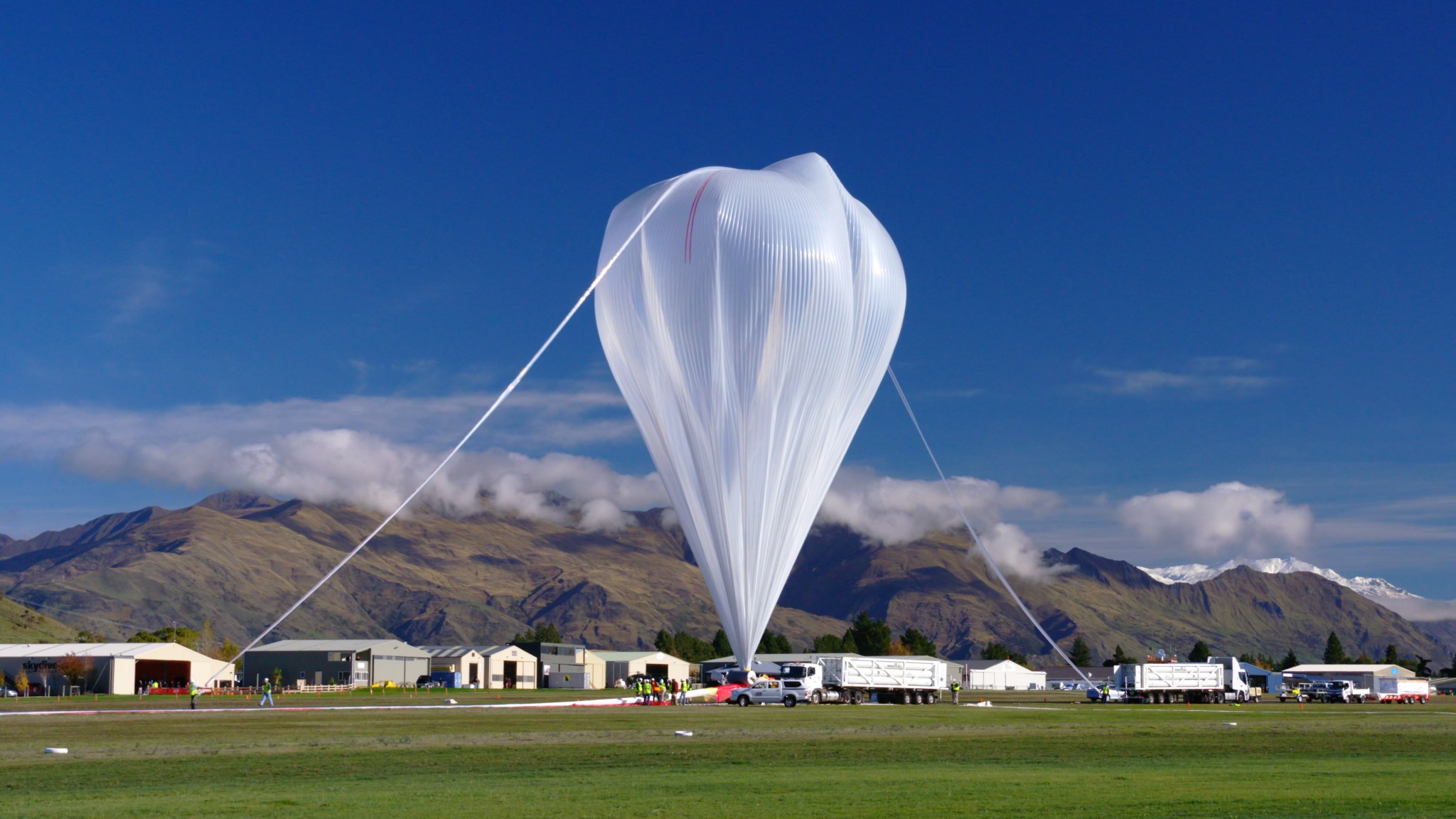Lee esta nota de prensa en español aquí.
NASA selected 57 winning teams in an inaugural nationwide challenge designed to attract, engage, and prepare future science, technology, engineering, and mathematics professionals. The winning teams of the NASA TechRise Student Challenge will gain real world STEM experience by building experiments that autonomously operate and collect data from the edge of space aboard a suborbital rocket or a high-altitude balloon.
Administered by Future Engineers, the challenge aims to inspire students to seek a deeper understanding of Earth’s atmosphere, space exploration, coding, and electronics, as well as an appreciation of the importance of test data. Nearly 600 teams applied, representing 5,000 students in grades 6 through 12 from across the country.
The winning teams come from 37 states and territories and include more than 600 students. Winners can be found on the Future Engineers website.
“At NASA, we educate and inspire the next generation of scientists, engineers, and explorers,” said NASA Administrator Bill Nelson. “The TechRise Student Challenge is an excellent way for students to get hands-on experience designing, building, and launching experiments on suborbital vehicles. I’m so impressed we received hundreds of entries from across the country, and I want to congratulate the winning teams. I can’t wait to see these incredible experiments come to life!”
Winning proposals included measuring greenhouse gases, space farm irrigation systems, lunar dust mitigation, exploring human health in space, and understanding the effects of microgravity on physical phenomenon ranging from the behavior of waves in liquids to the effectiveness of ink jet printing.

The winning teams will each receive $1,500 to build their experiments and a NASA-funded spot to test them, either on suborbital rocket flights operated by Blue Origin or UP Aerospace, or on a high-altitude balloon flight from Raven Aerostar. Experiments assigned to high-altitude balloon flights will have more than four hours of flight time for testing experiments, while those flying on suborbital rockets will have three minutes of testing in microgravity. The teams also will receive a suite of materials for preparing their payloads, access to flight simulator software, and technical support from experts.
The selected student teams will build the payloads in preparation for flight test, targeted to take place in early 2023.
“This is what education is all about. As educators, we provide opportunities for our students to go beyond the classroom and into the real world,” said Sheila Killam, a STEAM (Science, Technology, Engineering, Arts, and Math) teacher at Fayette Jr./Sr. High School in Fayette, Ohio, and education supervisor for one of the winning teams. “These four students from a small, rural, farming community in Northwest Ohio tackled this tech challenge. They will be one of 57 teams in the nation to launch their experiment on a suborbital rocket. It doesn’t get any better than that.”
A slate of nearly 500 volunteer judges, including teachers, NASA personnel, and technology subject matter experts, offered their time, passion, and expertise to review entries and select winners across a broad geographic distribution. Proposals were evaluated on criteria including the originality of their flight experiment idea, its impact on education and/or society, and the quality of the build plan.
NASA’s Flight Opportunities program, part of the agency’s Space Technology Mission Directorate, manages the challenge with support from NASA’s Office of STEM Engagement. Flight Opportunities is based at Armstrong Flight Research Center in Edwards, California.
TechRise is one of many NASA prizes and challenges that offer opportunities to participate in America’s space program. For the latest NASA TechRise Student Challenge news and to follow the student teams’ progress, visit:
-end-
Sarah Frazier / Katherine Brown
Headquarters, Washington
202-853-7191 / 202-358-1288
sarah.frazier@nasa.gov / katherine.m.brown@nasa.gov
Sarah Mann
Armstrong Flight Research Center, Edwards, Calif.
661-233-3758
sarah.mann@nasa.gov

























